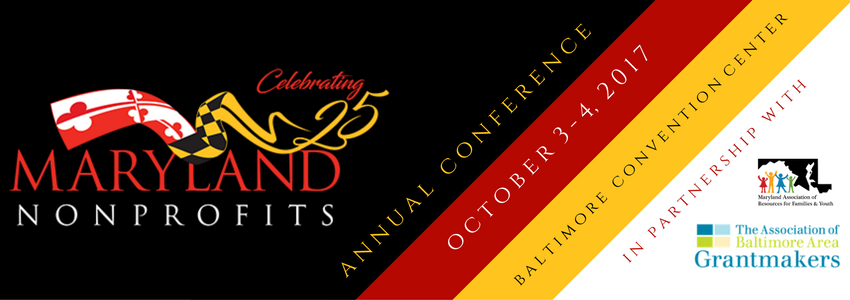5 Ways to Turn Around Your Stagnant Nonprofit
Heather Iliff, CEO, Maryland Nonprofits
Nonprofit organizations go through different stages of development. The start-up organization is full of energy and vitality, sometimes leading to breakneck growth as systems and infrastructure struggle to keep pace. Once an organization has been around for a while doing the same thing for years, our funding streams, systems and infrastructure can become ossified, creating rigidity and stagnation. There is a feeling of doing things “because we have always done them,” and
key board
- Ask Yourselves the Big, Existential Questions: Why do we exist? What difference are we making? Engage in deeper, more meaningful conversations with your board,
staff
- Cultivate Leadership and Diversify: Think broadly about all the people who are involved in and benefit from your mission and programs, and invite them into different kinds of dialogues. Review your own diversity,
equity
- Develop Different Kinds of Partnerships: Most nonprofit organizations are
resource-constrained,
- Bring on a Large Class of New Board Members: Boards in stagnating organizations can sometimes be downright depressing, for the board members themselves and for the stressed executive directors reporting to them. One bold strategy to change this is to bring on 5-10 new board members all at once. Give yourself a full year to 18 months to work on assessing your board composition, identifying the kinds of board members you want to recruit, creating a prospect list and building relationships with them. Hold off on appointing one or two board members at a time, wait until you have a critical mass to bring all at once. Put in a deliberate and well-planned orientation process and relationship-building time for the veteran and new board members. You’ll be amazed at how the whole board dynamic can turnaround really quickly!
- Get Engaged in Advocacy and Something Bigger: One source of stagnation for nonprofits can be a “treadmill” feeling where people keep providing the same services to similar populations, with similar
results,
nonprofits,
members
Maryland Nonprofits 25th Annual Conference on October 3-4, 2017 includes a great lineup of speakers and sessions designed to help revitalize your organization and take your leadership to the next level! The keynote speaker, Peter Berns of Arc will share effective inclusion and advocacy strategies. Sessions on managing organizational change, engaging stakeholders, building leadership and developing your board can help revitalize your thinking and toolkit for change. Maryland Nonprofits Consulting Group can also help your organization design its own turnaround strategy. Visit www.marylandnonprofits.org for more information and to register for the conference.

